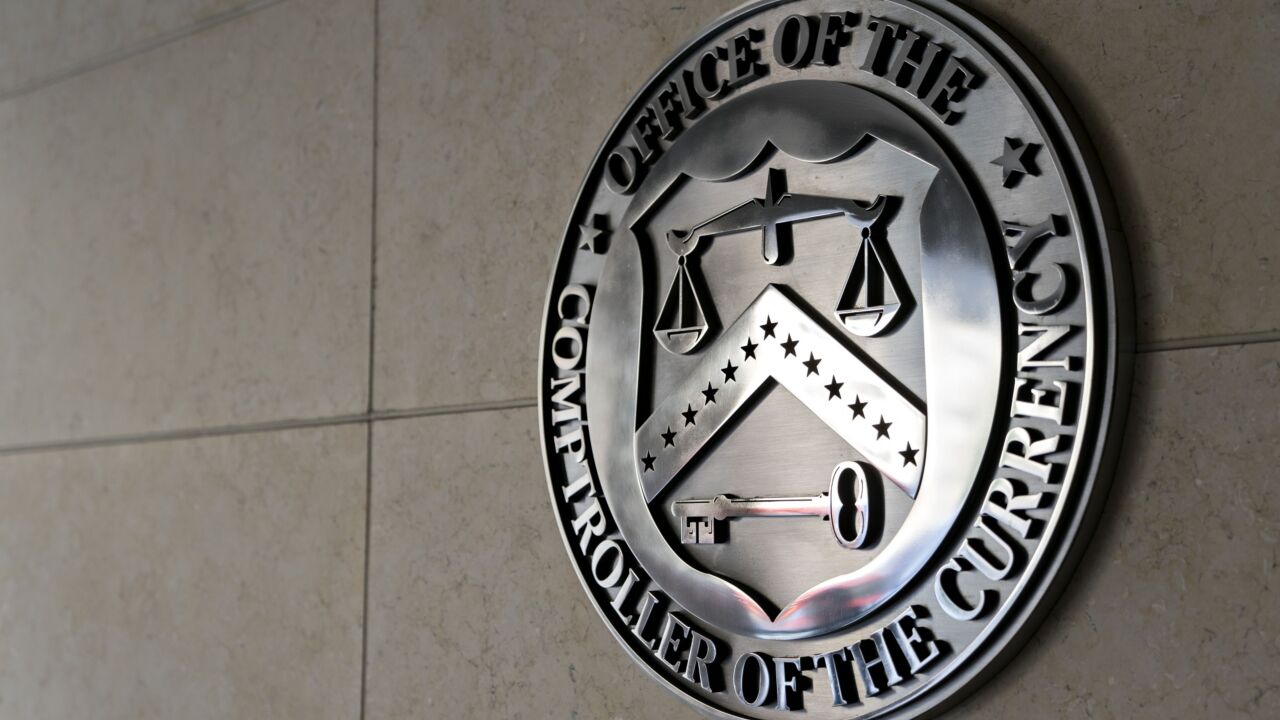Late payments surged in April after falling to
The more than 13% jump in arrears stemmed primarily from an increase in borrowers late by 30 days, possibly due to a Sunday month-end close that complicated the receipt of payments.

Despite these relative one- and 12-month increases, the national delinquency rate remained historically low at 3.31%.
That said, arrears in two states are more than twice as high. Mississippi had the highest noncurrent percentage in the nation during April at 7.61%, followed by Louisiana (7.24%).
On the other end of the spectrum, states like Colorado and Washington had noncurrent percentages just above 2% during the past month.
And while short-term delinquencies jumped 25% between March and April, a decline in longer-term arrears drove some foreclosure activity lower. Starts dropped to 25,000, which left them down 22.81% from the previous month and 32.16% from a year earlier. Foreclosure sales slid to just 6,400, representing a decline of nearly 14% from March, but were up 14.33% from a year earlier. The presale-inventory rate in April was 0.44%, down 2.6% from the previous month, but up 4.9% from a year earlier.
Also in April, the prepayment rate fell to just 0.44% after a jump the previous month, suggesting a higher cost of funds and supply constraints have
Black Knight extrapolates industry totals for its numbers from its database of mortgage information and uses some rounding in its calculations.





